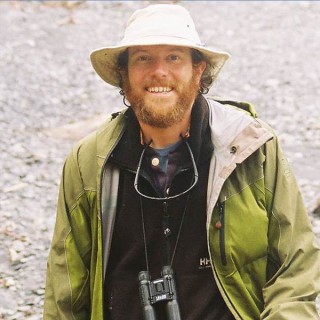The challenges inherent to deep-sea biology can drive many a sane reasonable scientist to the verge of insanity. These challenges include extended cruises of 30 days or more, the inability to know exactly what your instruments are doing on the sea floor, long hours that accompany 24-hour continuous operations, and the pressure that increases by one atmosphere for every 10 meters.

Typical deep-sea biology investigates ocean depths between 500-6000 meters, making our expedition to hadal depths (anything greater than 6000 meters) closer to a descent into madness. Why would we choose to subject ourselves to this kind of torture?
One exciting reason is the promise of measuring ecological processes at depths greater than 6000 meters using new technology. For all the risks involved, the rewards can be similarly fabulous. So, what does this mean in our effort to study the hadal environment?
What happens when food reaches the sea floor?

Large chunks of dead animals or plant material can be easily found and consumed, but this accounts for only a tiny fraction of the total amount of food that reaches the deep sea floor. The deep-sea is sustained by the slow and steady rain of tiny particles that originate in the photic zone of the upper ocean, these particles are comprised of dead plants and animals and their byproducts. Measuring the consumption of this food is done by monitoring the decline in oxygen above the seafloor. The Free Vehicle Coring Respirometer (FVCR) is deployed from the ship and sinks slowly to the seafloor. After landing on a targeted soft bottom it slowly inserts four cores into the mud and retracts them, which closes the lids and seals the core. Oxygen consumption is monitored using sensors and the overlying water inside the core is gently stirred using pumps. All this data and a video of the coring operation are stored inside the titanium pressure housing.
Storing carbon

Sediments that make up the sea floor consume oxygen, this is done by microbes and small invertebrates as they respire (breathe). We can relate information about the amount of food and microbes in the mud to the oxygen consumption to determine how dependent the animals that live in the trench are on processes that happen in the light many kilometers above the seafloor. But also to determine the capacity of these hadal environments for using and/or storing carbon which is particularly important since the storage of carbon can prevent it being returned to the atmosphere as a greenhouse gas.

